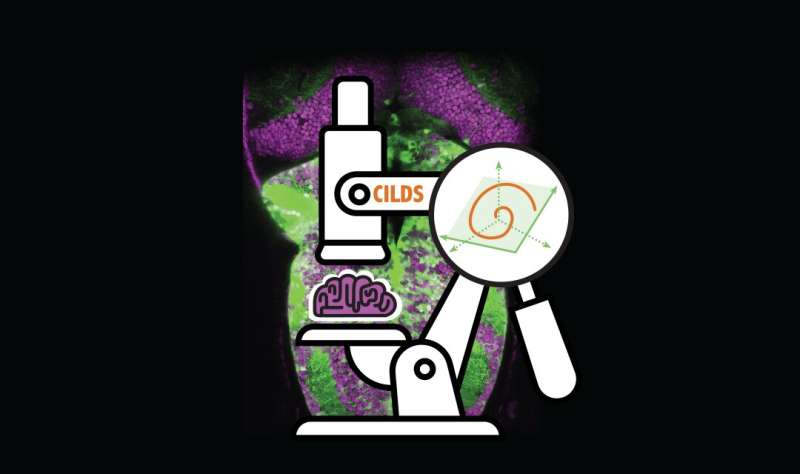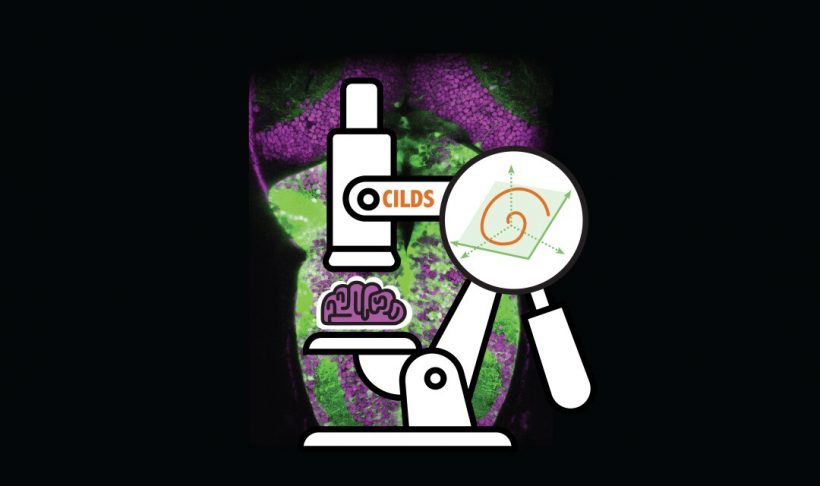
A growing body of researchers is utilizing optical imaging to monitor activity in the brain. One type of optical imaging, two-photon calcium imaging, has been widely adopted for its ability to record large neural populations. A major outstanding question, though, is which statistical methods to use to analyze calcium imaging recordings.
“Prior to our work, two standard types of statistical methods were applied to calcium imaging recordings—deconvolution and dimensionality reduction,” explained Steve Chase, professor of biomedical engineering at Carnegie Mellon and the Neuroscience Institute. “After testing each technique using a collection of simulated and laboratory data, we concluded that it didn’t make sense to do either/or. Combining the approaches into one operation proved to be more successful.”
Carnegie Mellon University and Howard Hughes Medical Institute researchers teamed up to analyze existing methods being used to interpret calcium imaging recordings, as well as propose a novel method that combines two leading approaches. The group’s new method, which performs deconvolution and dimensionality reduction simultaneously, is known as Calcium Imaging Linear Dynamical System or CILDS.
“Through this process, we realized that current methods were often focused on the activity of one neuron, but because we know neurons carry and communicate important information about one another, we wanted to develop a method that examined populations of neurons to better summarize neural activity,” said Tze Hui Koh, first author of the paper and Carnegie Mellon biomedical engineering graduate student. “In the range of situations that we tested CILDS in, it outperformed other stand-alone methods.”
Understanding the different tradeoffs and choices needed to combine deconvolution and dimensionality reduction is another key learning detailed in a recent Nature Computational Science paper. CILDS represents something greater than the sum of its parts.
“We’ve developed a tool and published a paper that shows it’s useful,” concluded Byron Yu, professor of biomedical engineering and electrical and computer engineering. “We have code that is now publicly available, and our goal is for the broader field to do science and discover something about the brain with it.”
More information:
Tze Hui Koh et al, Dimensionality reduction of calcium-imaged neuronal population activity, Nature Computational Science (2022). DOI: 10.1038/s43588-022-00390-2
Journal information:
Nature Computational Science
Source: Read Full Article






